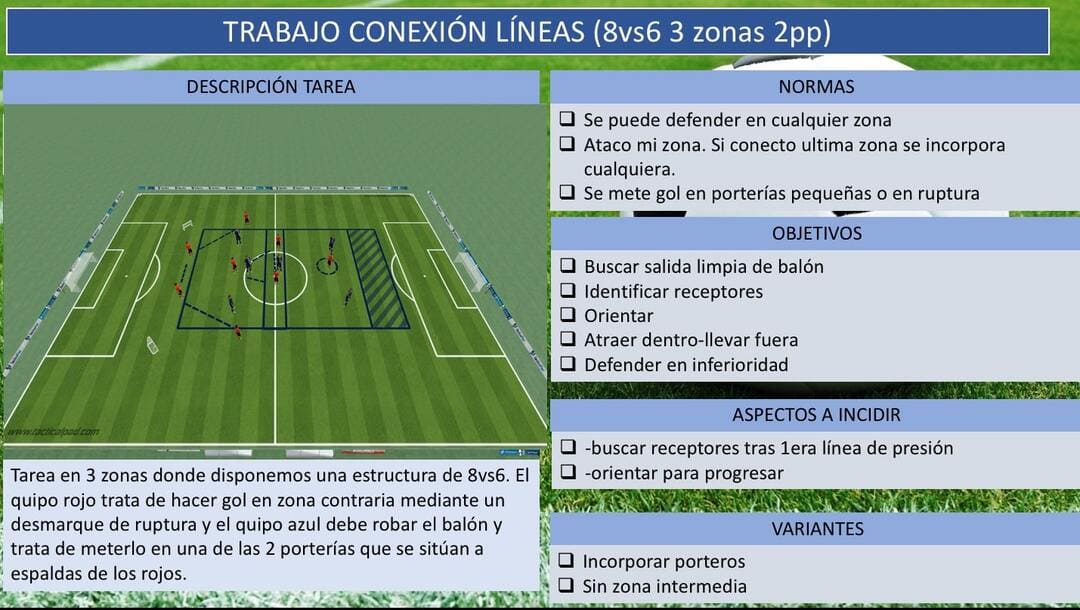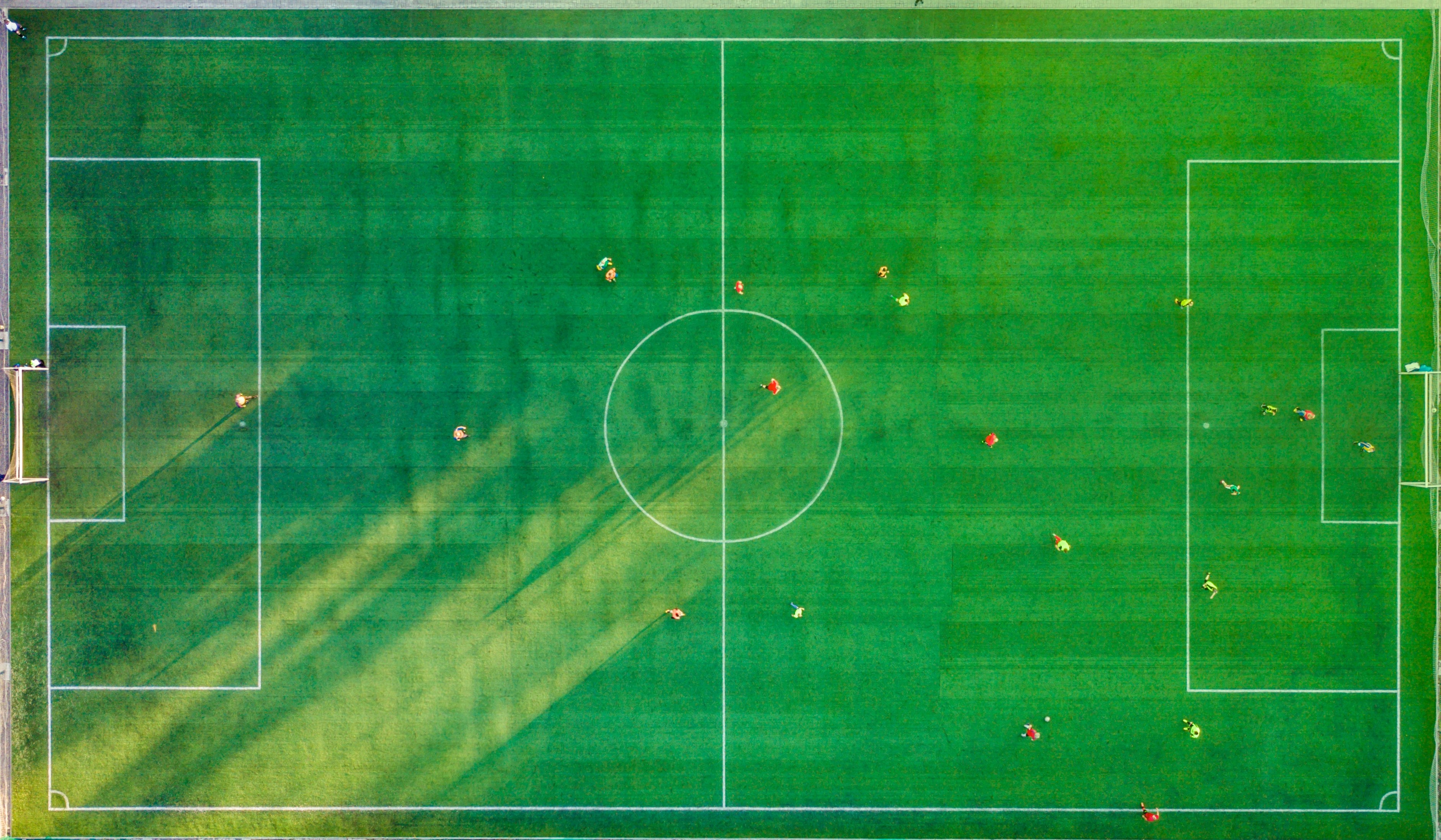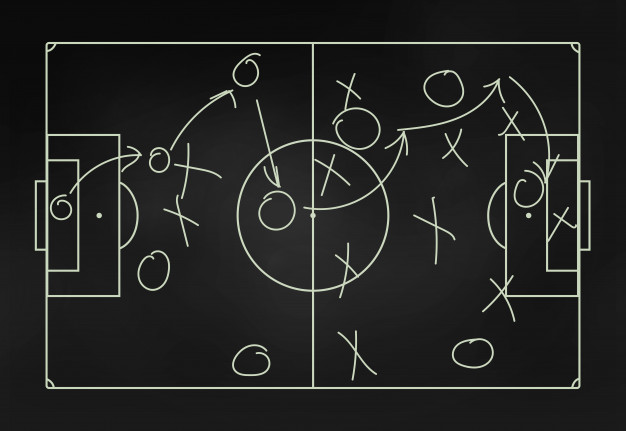

Football is one of the most popular sports in the world, with millions of followers and practitioners throughout the planet. The game implies many different phases and elements, including the defensive phase, the offensive phase, the transition phase and the possession phase. During the defensive phase, the team tries to prevent the opposing team from scoring a goal, while during the offensive phase, the team tries to score a goal. During the transition phase, both teams must react rapidly to adapt to the new situation, and during the possession phase, the ball in possession of the ball tries to create opportunities to mark. The transition is a key moment in the football game, since it can be a time when many opportunities are created for both teams. If a team can maintain the possession of the ball for long periods of time, you can tire the opposing team and control the game.

In this 8000 word article, we explore the key concepts of tactical analysis in football, its importance in modern football and how it can be applied to improve individual and team performance. The tactical analysis in football refers to the process of examining and evaluating the strategies, tactics and movements used by the teams during the matches. This process implies the collection and analysis of data, the use of analytical tools and technologies and the detailed observation of the game itself. The tactical analysis focuses on studying how the teams are organized in the field, how players move, how the plays are developed and how they interact with the opponent. The objective is to identify strengths and weaknesses and find ways to improve the strategy of the equipment and the execution of tactics. The tactical analysis is fundamental in modern football due to the growing complexity and sophistication of the tactical systems used by the teams. The article explains how tactical analysis provides a solid basis for informed decision making and strategic planning. The article also describes some of the common methods used in tactical analysis, such as video analysis, GPS and movement sensors, and statistical analysis. The article continues to discuss some key concepts of tactical analysis in football, such as training, possession, transitions, pressure and space. Finally, the article offers some practical ways in which coaches and players can apply tactical analysis to improve their performance, such as identifying strengths and weaknesses, planning different tactical situations and improving communication and understanding between teammates.

The position game is a game style in football that focuses on maintaining the possession of the ball and constantly creating situations of numerical superiority in different areas of the playing field. This style of play is based on a series of principles, such as the positioning of the team, the possession of the ball, the movements of the players, the creation of numerical superiority, the attack and defense in teams, the importance of the pass and the patience . The advantages of the position game include the control of the game, the effectiveness in possession, the improvement of the concentration and the creation of goal opportunities. However, the disadvantages of the position game include the lack of depth in the game and exposure to counterattacks of the rival team if it loses the ball in dangerous areas.